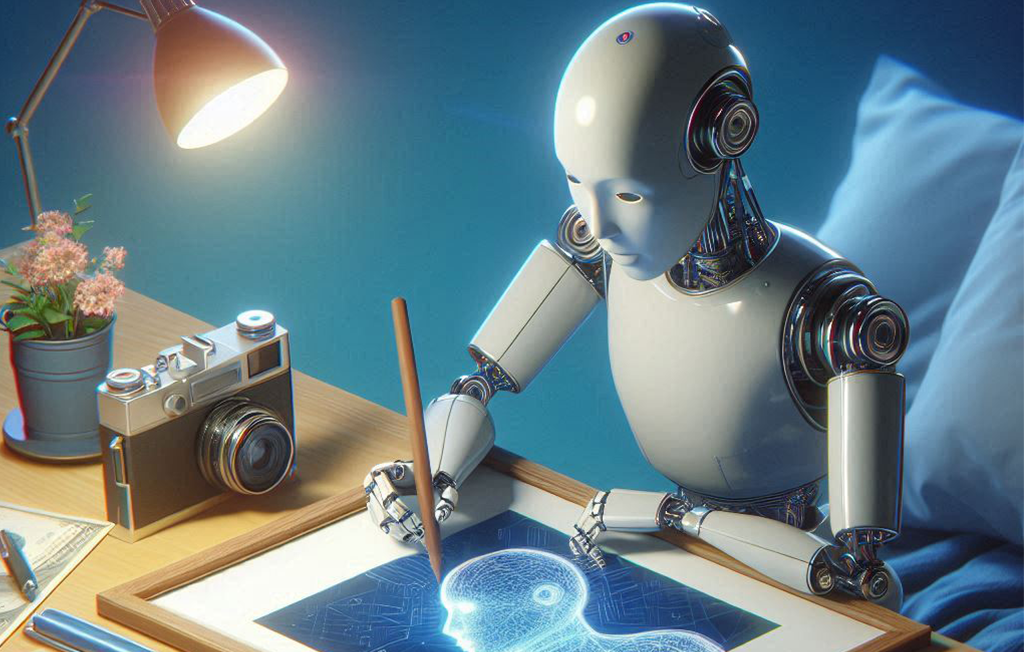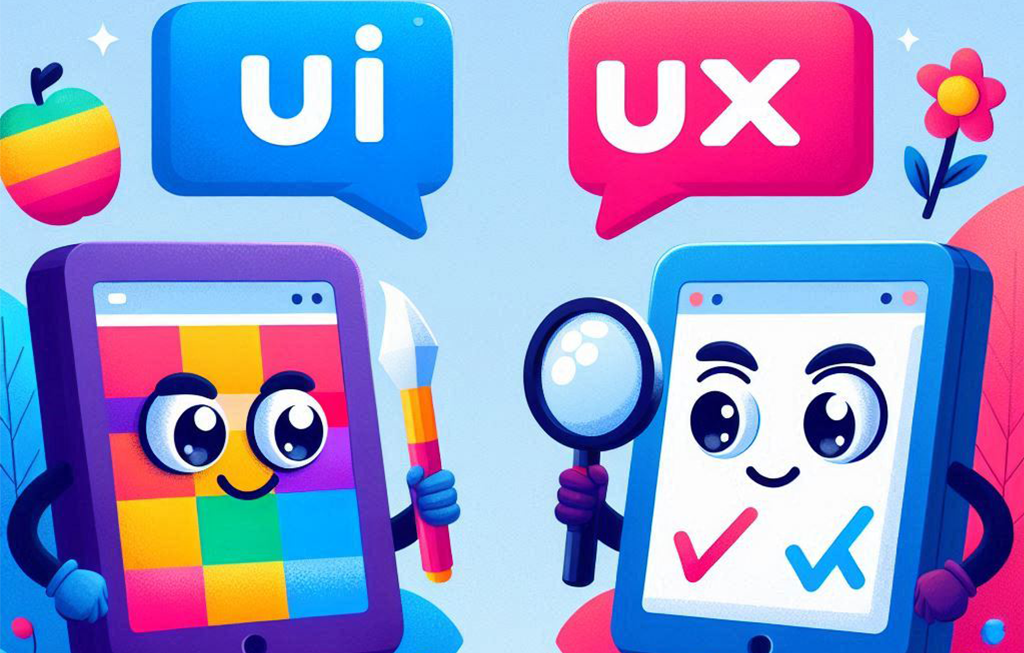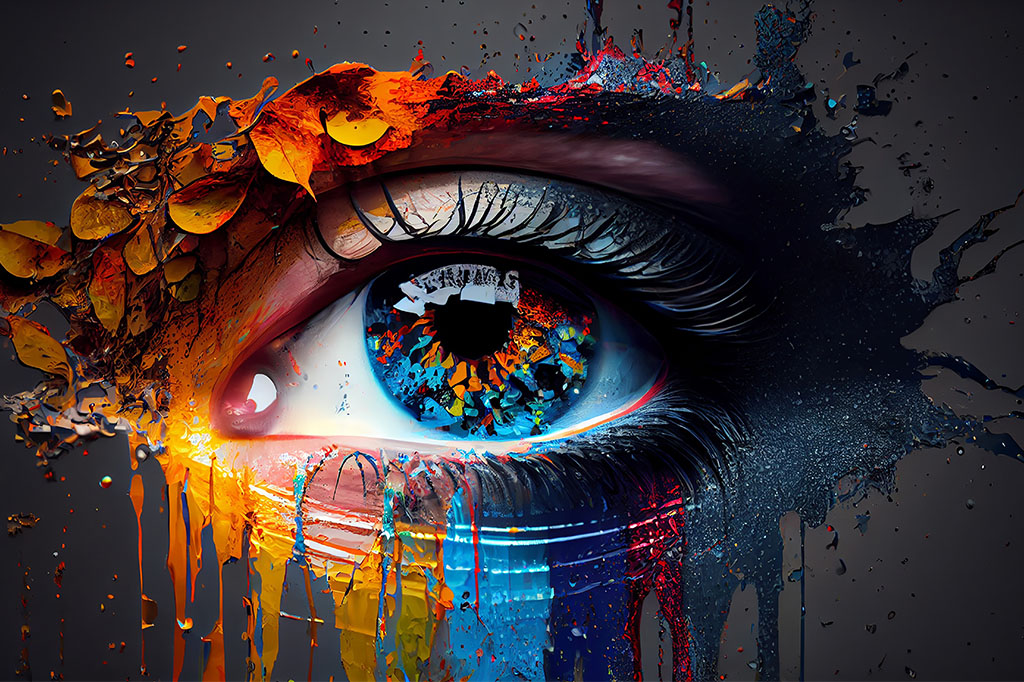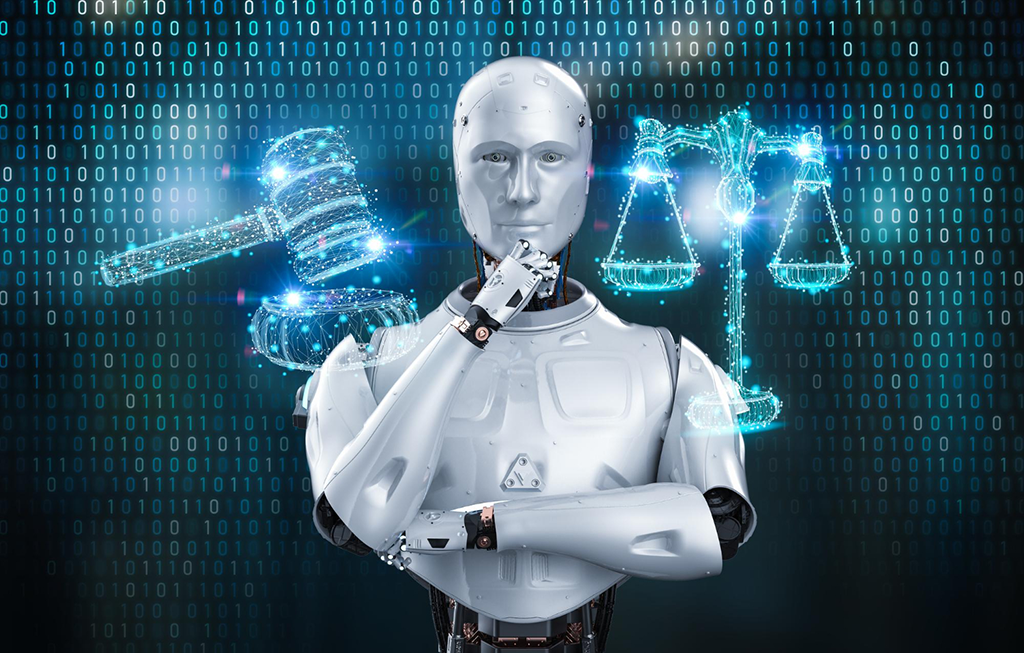
The advent of generative artificial intelligence has revolutionized the creative landscape, enabling machines and algorithms to produce texts, images, and music that rival works created by humans. However, this innovation is not without legal controversies, particularly concerning copyright and intellectual property rights.
Training Models and Copyright
One of the most contentious aspects of generative AI is whether the use of data to train models, which are then used to produce works that directly compete with those created by the original authors, constitutes legitimate use. This issue differs from other forms of data mining. A notable example is the Google Books case, where Google scanned a large number of books. Although there were legal challenges, Google successfully argued that its action did not provide a substantial substitute nor threaten the market for the original works.
The ability of generative AI to produce texts and images that can directly compete with existing works is central to several ongoing lawsuits, including those by prominent authors such as John Grisham, Jonathan Franzen, and Elin Hilderbrand against OpenAI. Additionally, The New York Times has sued OpenAI, claiming that by training the model with millions of articles, it directly competes with their exclusive content.
Some scholars, like Mark Lemley, argue that training models should be considered fair use, based on the idea that machine learning is a transformative use of the underlying data. He also contends that generative AI is not about copying existing works but creating new ones.
Some jurisdictions have attempted to address these concerns through legislative reforms. Singapore, for example, has amended its copyright law to allow the use of data for computational analysis purposes. The European Union and the United Kingdom have adopted specific exceptions for text and data mining, recognizing the importance of these processes for technological innovation while attempting to balance the interests of copyright holders.
Ownership of AI-Generated Works
The question of who should own the rights to works generated by artificial intelligence is a complex and multifaceted debate. In most current jurisdictions, automatically generated works do not receive copyright protection, as the law generally requires that the creator be a human being. In the United States, for example, the Copyright Office states that works must be created by a human to be registered, and it does not register works “produced by a machine or merely mechanical process without any human creative intervention.”
This approach raises questions about the level of human intervention necessary to claim authorship. For example, early photographs were not initially protected because capturing light through a camera was not considered true “authorship.” Over time, the creative work involved in photography was recognized, but the current case with AI is different: it is not about passively capturing images, but about the active creation of new works by automated systems.
A recent example is the case of Jason M. Allen, who created “Théâtre D’opéra Spatial” using Midjourney and won a prize at the 2022 Colorado State Fair. Allen claimed to have adjusted his commands over 600 times and edited the final image with Photoshop, which raises the distinction between “ideas” and “expression.” Even so, the U.S. Copyright Office did not recognize the work due to the significant intervention of AI in its creation.
Similarly, Kris Kashtanova, in her graphic novel “Zarya of the Dawn,” used AI-generated images with Midjourney. The Copyright Office allowed protection for the parts organized by humans but denied protection for the AI-generated images.
A proposed alternative is a reduced protection approach, as suggested by the World Intellectual Property Organization (WIPO). This measure would allow for a shorter protection term and other limitations, favoring the dignity of human creativity over machine creativity while making as many creative works as possible available to consumers. In fact, the United Kingdom and other jurisdictions like New Zealand, India, Hong Kong, and Ireland are already offering limited protections for “computer-generated” works. In these cases, the “author” of the work is considered the person who made the necessary arrangements for the creation of the work. However, this author cannot claim moral rights, such as the right to be identified as the creator of the work.




